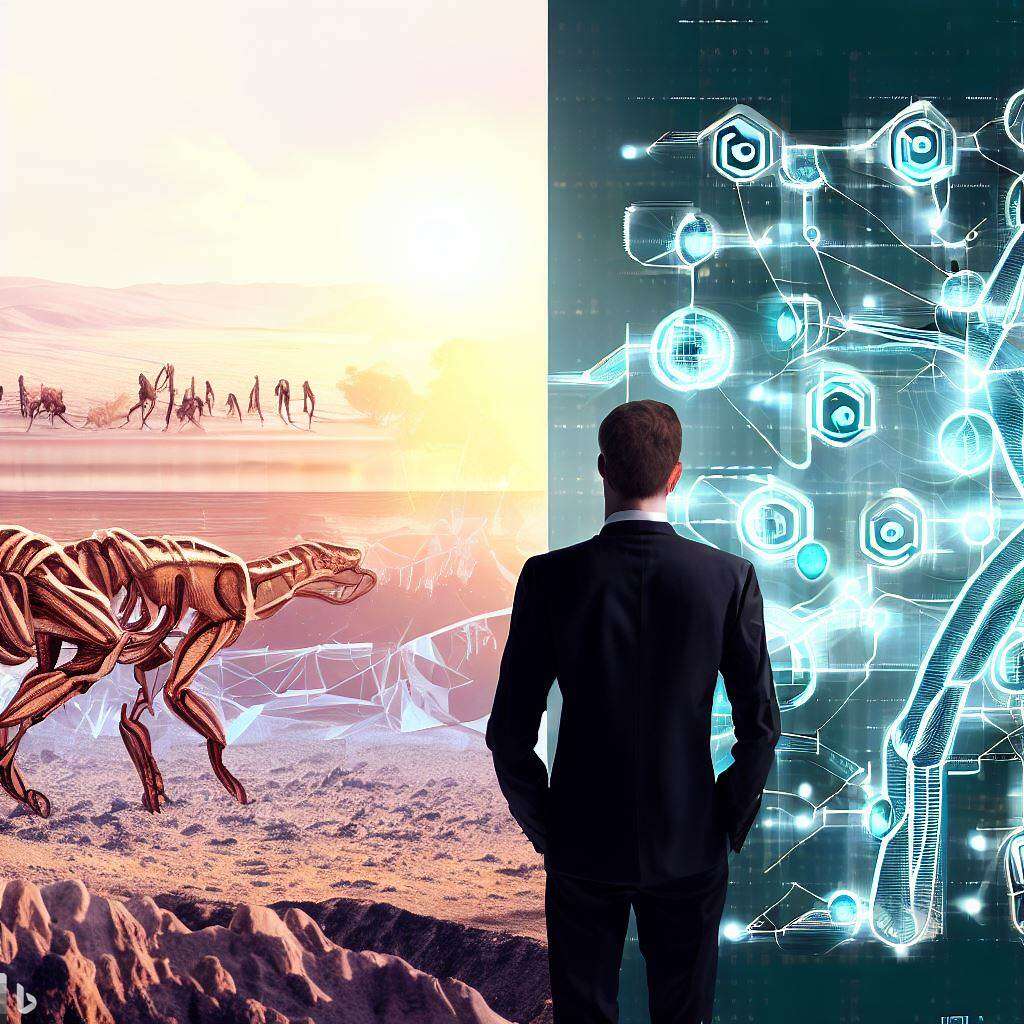The “original” Cambrian Age was a geological period lasting from 541-485 million years ago, known for the Cambrian explosion, a rapid diversification of life forms, and the emergence of complex life. Interestingly, that first Cambrian Age was also bracketed between two ice ages, which led to mass extinctions. Drawing a parallel to the AI field, there were periods of stagnation and reduced funding, known as “AI winters,” akin to the ice ages that occurred during Earth’s history. Today, however, we are witnessing a remarkable explosion in the AI landscape, a “second” Cambrian Age of sorts, driven by the swift development and adoption of generative AI technologies such as DALL-E and ChatGPT, which are giving rise to a significant surge in applications and devices connecting to a variety of systems based on large language models (LLMs). These LLMs are also linking with one another, forming intricate ecosystems of their own.

As we approach the singularity of Artificial General Intelligence (AGI), it is difficult to speculate whether we will face another “AI winter” after this Cambrian Age of AGI, similar to the ice ages that occurred during Earth’s history. However, as humans, we possess the power to shape a future that not only avoids such an outcome but also envisions and fosters social and economic conditions capable of reversing what we know is an impending biospheric challenge. Embracing co-creation, where humans and AGI collaborate in the generation of value, ideas, and innovation, will be paramount in navigating this new landscape.
In this blog series, we will explore the role of co-creation in this emerging era, discussing its implications for businesses, society, and the environment, and examining how we can harness the potential of AGI to unlock a more sustainable and prosperous future together.